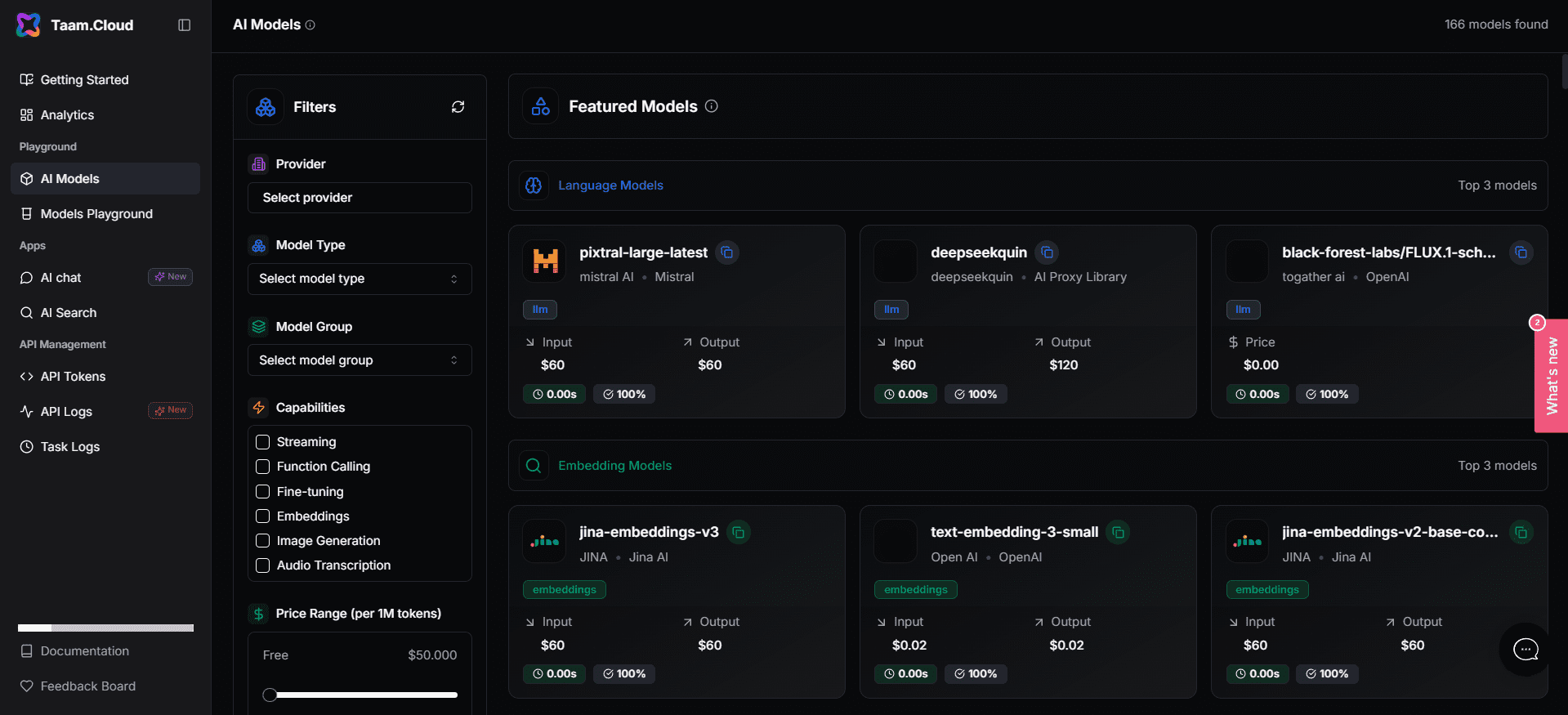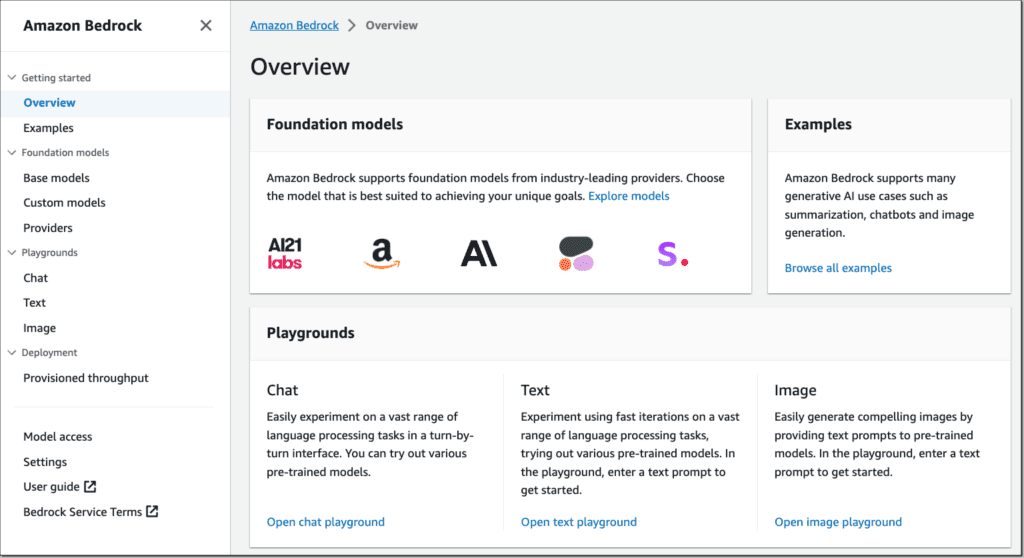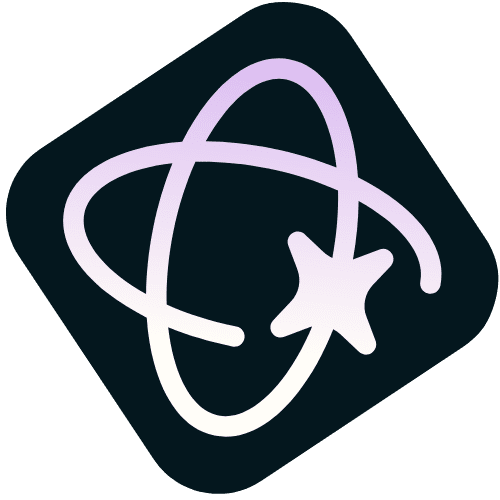
Artificial Intelligence (AI) has become a vital tool for developers, businesses, content creators and marketers. There are concerns about AI, people are skeptical about its application in daily life and especially in industries. People tend to ask, Will AI take our jobs?. Well the reality is more optimistic than gloomy—an average of 62% of marketers consider that AI is going to elevate the capabilities of individuals and businesses both. With the advancement in Integration of AI APIs for developers, AI will boost the creativity of each individual leveraging it.
APIs (application programming interfaces) are transforming industries across the globe. With the rise of AI APIs for developers, integrating advanced AI capabilities into applications, workflows, and content creation processes has never been easier. Genenerating videos or processing natural language, the variety of APIs available is vast, each API offering unique strengths and features.
So, We’ve orchestrated a detailed research and assembled a list of the best AI APIs. These tools are technologically advanced and ideal for boosting speed and creativity in your projects.
Table of Contents
What is an AI API?
APIs are a set of rules and algorithms that systems and softwares use to communicate to each other, while AI APIs, as name suggest, help systems and softwares to leverage and benefit from Artificial intelligence. AI API is a type of system that allows developers to leverage artificial intelligence features into their applications. These systems act as a bridge between application and AI functionalities, enabling applications to perform complex tasks, automate workflows and much more.
What are the types of AI APIs?
There are various AI APIs depending on their usage and capabilities. Here’s a categorized list of different types of AI APIs:
Types of APIs
1. Natural Language Processing (NLP) APIs
- Text Analysis & Understanding
- Speech Recognition & Synthesis
- Translation & Multilingual Processing
2. Computer Vision APIs
- Image & Object Recognition
- Facial Recognition & Emotion Analysis
- OCR (Optical Character Recognition)
3. Machine Learning APIs
- Custom ML Model Training & Deployment
- AutoML APIs (for non-technical users)
4. AI Chatbot & Conversational AI APIs
- Conversational AI & Chatbot APIs
5. Recommendation System APIs
- AI-driven Personalized Recommendations
6. AI Image & Video Generation APIs
- Image Generation & Editing
- Video Processing & Generation
7. AI Audio & Music APIs
- AI-Generated Music & Sound
- Audio Processing & Enhancement
8. AI Code Generation APIs
- AI-powered Code Assistance
9. AI-powered Search & Data Extraction APIs
- AI-enhanced Search Engines
- Data Extraction & Scraping
10. AI Fraud Detection & Cybersecurity APIs
- AI-driven Security & Threat Detection
Best AI APIS
Let’s take a look at which AI APIs are the best and what are their features, benefits, pros and cons.
1. Taam Cloud
Introduction
Instead of one or two AI APIs integration, Taam Cloud is an advanced AI API platform that offers an easy integration of 200 plus Large Language AI models with one unified API key. Taam cloud not only facilitates developers and enterprises, it also benefits small businesses and content creators to enhance their creativity and automate workflow.

Unique Features
With a wide range of AI-powered tools and AI models, including NLP (Natural Language processing), Text to image generation, Voice to text generation, Image Recognition, Vision AI, Agentic AI reasoning and predictive analytics, Taam Cloud enables developers in building smart, intelligent and autonomous applications with a single API endpoint. Enterprises can automate complex workflows and with AI chat and AI search, content creators and social media influencers can generate engaging and high-quality content.
Technical Features and Integration
Taam Cloud is a top-favorite choice for businesses of all sizes for its scalable and customized AI solutions and pre-trained AI models. It provides RESTful software development kits (SDKs) and APIs for multiple programming languages and API Integration with existing systems, allowing developers to leverage AI and ML models with less complex setup.
Flexibility and Compliance
Taam Cloud’s API Playground provides highly customizable AI API integration, allowing developers, enterprises, and users to train and deploy AI models to their specific needs and requirements. Taam cloud adheres to the global privacy and security compliance (GDPR, HIPPA and SOC2) to ensure ethical use of Artificial Intelligence which makes taam clud more secure within the race of AI API platforms.
Compatibility and Ease of Use
Taam Cloud is compatible with popular external platforms and frameworks like OpenAI Python SDK, OpenAI Node.js SDK, and custom SDK Development which allows users, whether developers or businesses, to streamline the integration process into any stack. Its detailed API documentations and inbuilt dashboard simplifies any onboarding to any virtualization stacks.
Limitations
There are no direct limitations, But Taam Cloud is highly versatile, it requires some technical knowledge and expertise which can be found in Taam Cloud’s API documentation.
Pros
- Multimodal AI tools for multi-purpose use cases
- High customization and scalability options.
- Strong and Secure API Platform compliance with GDPR, HIPAA, and SOC2 regulations.
Cons
More technical at first for beginners.
Premium pricing for advanced features.
Pricing Structure
Taam Cloud offers a tiered AI API pricing model:
- Basic: Free plan with basic services
- Premium: for advanced features included
- Enterprise: for large scale deployment and usage
Overall Findings
Taam cloud with its ability to provide more than 200 AI models with a single and secure API endpoint, easy and hasslefree integrations, and compatibility with external platforms and SDKs (Software Development Kits) make it at the top of this game. It is, according to our analysis and research, an excellent choice for oneswho are looking for easy and seamless integration of Artificial Intelligence into their applications or for automating complex business and enterprise tasks. Find Taam Cloud on toolsfine here, Toolsfine is a platform that lists AI tools.
2. OpenAI

Introduction
On November 30, 2022, OpenAI became the pioneer in Artificial Intelligence consumer software by launching ChatGPT, gaining 100 million users in just 3 months. Supporting various use cases, including AI chatbots, content creation, code assistants with scalable solutions, OpenAI API helps developers to access GPT-4, GPT-4.5, DALL-E, SORA, Whisper, Babbage and other AI models to integrate AI reasoning, speech recognition, image generation, and natural language processing into their AI-powered applications.
Technical Features and Integration
As OpenAI is the most advanced AI model so far, it continues to improve its features and models. Open AI API is fast and scalable, able to handle thousands of requests per second. It provides RESTful SDKs to support text, image, and audio processing. It offers testing and training of AI models through their API Playground. Users can track real-time analytics and usage insights and look for performance and response output in JSON format.
Flexibility and Compliance
OpenAI’s API has compliance adherence with global security and privacy laws including GDPR, CCPA, and SOC 2 Type 2 report. OpenAI’s flexible models offering makes it more flexible for developers and enterprises to fine-tune AI models for their specific tasks and needs.
Compatibility and Ease of Use
OpenAI’s API is easy to use with its well-documented endpoints, users can start building with less complex setup and easy integration and compatibility with other external platforms. It also provides in-built SDks for developers to test and deploy safe and secure API.
Limitations
OpenAI’s APIs can be expensive for high-volume usage, and its models may occasionally generate inaccurate or biased outputs
Pros
- Industry-leading NLP capabilities
- Easy integration and extensive documentation
- High accuracy and reliability
Cons
- High costs for large-scale usage
- Potential for biased outputs
Pricing Structure
- Freemium: Free plan for some OpenAI tools with limitations. (ChatGPT)
- Pay as-you-go: Flexible payment structure according to usage and API request.
Overall Findings
Being a pioneer in the AI industry, OpenAI is still the top choice of developers for Natural Language Processing tasks. It may be a serious concern for some users regarding its occasional output and pricing models that are pretty expensive for some small businesses and startups seeking AI integration for their apps or business automations.
3. Google Cloud

Introduction
Google Cloud offers a stack of AI APIs for Conversational AI, Document AI, Vision AI, Agentic AI, and Generative AI, which are backed by Google’s advanced AI research and AI infrastructures. Google’s Gemini, powered with Vortex AI, is a universal speech model which can allow developers to enhance text processing, write & edit code, build AI agents and assistants, and leverage machine learning for their applications.
Technical Features and Integration
Google AI provides RESTful APIs and it also provides pre-build software packages for multiple languages. Google’s client libraries help developers integrate AI models into their applications without needing to handle complex APIs manually.
Flexibility and Compliance
Supporting diverse industries, Google Cloud offer a wide range of pre-trained AI models for developers, allowing them to easily integrate customizable and multi-modal AI models into their applications with privacy and security compliance adhere to ISO/IEC 27001, 27017, 27018, SOC 2, SOC 3, and PCI.
Compatibility and Ease of Use
Google Cloud offers user friendly console and command-line interface with prebuild AI & ML services for auto scaling with flexible deployment options. It is highly compatible with various technologies, including hybrid cloud and open source tools, and supports wide range of languages and SDKs.
Limitations
Google Cloud is expensive for small business and the pricing structure is very complex, holds a steep learning curve for beginners, it has fewer third party integration and its customer support is way expensive.
Pros
- Powerful AI tools backed by Google’s high-end infrastructure.
- Highly accurate and reliable for data security.
- Strong compliance with global data privacy standards.
Cons
- Steeper learning curve for beginners.
- High costs for advanced features and customer support.
- Fewer third party integration support.
Pricing Structure
- Free and Trial: Limited access to the features and free credits for new signups as a free-trial.
- Pays as-you-go: Billed per usage, depending on resources used.
- Service-Specific: Varies by model size and complexity
Overall Findings
Google AI is a powerful platform for enterprises and developers, but its complexity and pricing may be a barrier for some users and developers to consider Google AI API for their application.
4. Amazon Bedrock

Introduction
Amazon bedrock is a managed AI service provided by Amazon AWS for building and deploying using Foundation Models and from various AI providers. Amazon Bedrock allows developers to integrate and leverage AI into their application without hustling to manage infrastructure or deep expertise in ML.
Technical Features and Integration
Amazon Bedrock provides access to foundational models from Anthropic Claude, AI21 Labs Jurassic-2, Cohere Command & Embed, Stability AI, and different other popular FMs which makes it a managed serverless infrastructure that needs no hardware or infrastructure management. It offers REST API-based access with minimal setup and works with Python, Javam Node.JS, etc.
Flexibility and Compliance
With the access of foundational models from various popular providers, Amazon bedrocks is a flexible choice for developers. It also complies with global security and privacy standards like ISO, SOC, CSA STAR Level 2, and HIPAA. Amazon Bedrock is a FedRAMP High authorized service.
Compatibility and Ease of Use
Amazon Bedrock has a broad compatibility with multiple AI and foundation models which allows developers to integrate AI features without deep ML knowledge and expertise. It works with Amazon’s AWS ecosystem, allowing efficient AI-backed workflow.
Limitations
The platform may require technical expertise to fully leverage its features, and its pricing may be prohibitive for small businesses.
Pros
- Multi models support.
- Easy API-based integration.
- Fully Managed & Scalable infrastructure.
- No AI/ML expertise required.
Cons
- AWS dependency may not be suitable for various businesses
- Limited model transperancy and API Logs
- Less control over models
- potentially high cost due to fine-tuning/customization.
Pricing Structure
- On-Demand Pricing: Pay as you go model
- Batch Inference Pricing: suitabe for bulk prompts at once
- Provisioned Throughput Pricing: Time-based commitment (Monthly, yearly etc.)
- Model Customization & Distillation Pricing: for creating smaller, efficient models, with separate costs.
Overall Findings
Amazon Bedrock is a pre-managed AI API Platform that offers multimodal support, easy AI and AWS integration allowing developers to build with AI effortlessly without having deep knowledge of AI/ML.
5. Replicate AI

Introduction
Replicate like Taam Cloud API Platform, allows developers to run and deploy various ML models with a single AI API endpoint. It enables developers to leverage AI models for automating workflows for businesses, data analysis, and test & train various AI models to build Intelligent, and autonomous AI-powered applications.
Technical Features and Integration
Unlike Taam cloud, Replicate offers cloud REST (Representational State Transfer) API integration that supports multiple programming languages like Python and JS, which eliminates the need of hardwares. Replicate is ideal for building and creating Web-based services. Replicate AI provides a scalable platform for running pre-trained machine learning models via API, enabling seamless AI integration without infrastructure management.
Flexibility and Compliance
Replicate AI offers flexibility for developers to run, fine-tune, and integrate AI models into applications with less setup, by supporting a wide range of ML models. It ensures smooth scalability with its API-Drive, cloud-based approach.it does not enlist global security & privacy compliance certification but it offers a secure cloud for developers.
Compatibility and Ease of Use
Replicate AI is highly compatible, supporting diverse ML models and APIs for Python, JavaScript, and more. Its cloud-based, customizable infrastructure allows effortless integration into web and mobile apps. With easy API calls, automatic scaling, and version control, it simplifies AI adoption for all users.
Limitations
Replicate AI supports very limited Models fine tuning, it depends solely on cloud which makes it less attractive among other alternatives. On top of that, it lacks explicit certifications like GDPR, HIPAA, or SOC 2, which make it look vulnerable.
Pros
- Easy API Integration: Simple REST API allows quick deployment of AI models.
- Scalability: Automatically adjusts computing resources based on demand.
- No Infrastructure Management: Fully cloud-based, eliminating hardware requirements.
- Wide Model Availability: Access to various pre-trained AI models for different tasks.
Cons
- Limited Customization: Offers minimal options for fine-tuning models.
- Internet Dependency: Requires a stable connection for cloud-based operations.
- Potential High Costs: Pay-as-you-go pricing can be expensive for large-scale use.
- Compliance Gaps: Lacks clear certifications for regulatory-heavy industries.
Pricing Structure
- Pay-as-You-Go: Users are charged based on compute time per second.
- Model-Specific Pricing: AI models have varying costs depending on their complexity and power.
- Storage Costs: Additional charges may apply for storing model outputs and datasets.
- Custom Model Deployment: Fine-tuning and private model hosting may have extra costs.
Overall Findings
Replicate AI is a flexible, cloud-based platform for running ML models with easy API integration and scalability. While it offers a wide range of pre-trained models, it has limited customization, potential high costs, and lacks strict compliance certifications.

